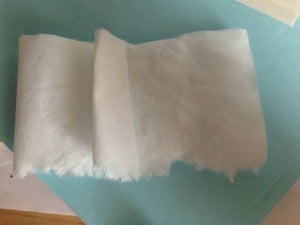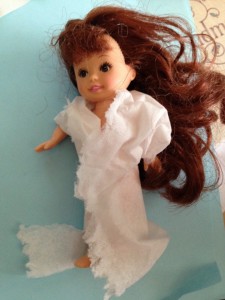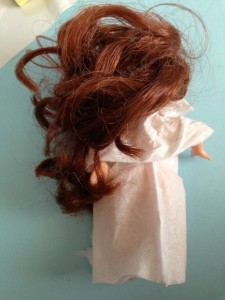
Have you been participating in MakerFaire, Connected Learning [#clmooc ], or Digital Storytelling DS106? Has your school embraced #geniushour ? All of these deal with our passions, interests, and sense of community. We love to create things from our interests for fun or for fixing the something in the world.
We have been steeped in information overload, and are beginning to take command of it: we are now sorting and celebrating connections and communities — moving into what we need or love, connecting in ways never before possible with others of like [ or different ] minds, and creating according to the need, sharing and showing what we know so that others may also grow with us. From this, we add to that wonderful web of information in ways that add sense, sentiment, and celebration so the “overload” becomes a stream of stings, knotted in our places, our communities, and organized for our interests. We pull the strings as needed in and out of the net: finding balance in our worlds–face-to-face and online with so much more access and knowledge to help us [and we help others] in both worlds.
This summer you may want to spend some time in and out of the Connected Learning [#clmooc ] — joining when and where you can. It filled my last summer with inspiration from the many new friends I met and from the “makes” I created myself or in collaboration with others.
Today, while browsing on the Tumblr [and I apologize — I’ve lost the post] I was directed to the 52nd and Fifth NetMuseum online where 100 of it’s exhibits are narrated in two-minute explanations of marvelous art work. So here is a quick and easy way to bring art in bits into the classroom for wonder and discussion. The first exhibit I clicked on, French Dressing, inspired a “make.” I had to see if I could “make” this amazing artifact of historical MakerFaire! The object, a gown by Paul Poiret [1919], is made of one piece of fifteen-yard fabric with only one seam. You have to see it to believe it, and to sigh at its beauty.
So I grabbed a tissue and folded it as in the selected clip watching carefully to discover exactly where to “sew” the seam.
Below in Figure 1 you can see the tape at the top for my seam. I taped all the way across to the right of the middle fold, not to the left of the middle fold. See the video link. Then just like in the video I opened it up with the seam vertical to the workspace and inserted a dolls arms into the opening. The far right fold becomes a cape draping around the shoulders.

Figure 1
You see in Figure 2 that the frayed edge becomes the front to wrap and secure with a belt/buttons.
In Figure 3, you can see the cape top, a draping of the original far left fold in Figure 1. The fold in the middle is created to add the extra material to do the draping. Beneath the “cape top” is nothing. You can see the model wears an evening gown beneath this gown-wrap. Mystery of “How does that work– one seam in a folded strip of fabric?” Perhaps someone who really is a seamstress will actually sew one of these! Let me know! I have looked at reversible fabric… but…
And now, what will inspire you? What will make today? What will you create, and what inspired you?
Take a look at Connected Learning [#clmooc ], and please join us — Sign up today!


